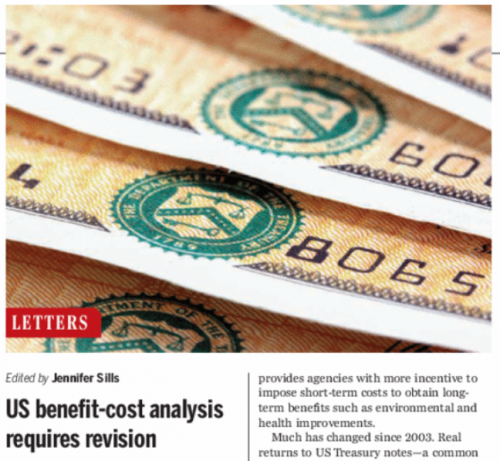A critical input in cost-benefit analysis is the discount rate, which determines how much impacts in the future are weighted relative to impacts in the present. Federal guidance currently calls on U.S. agencies to apply discount rates of 3% and 7%. But these rates, particularly the 7% rate, substantially devalue impacts that accrue to future generations, thus putting a thumb on the scale against policies that provide long-term benefits such as environmental and public-health regulation. In April, the Office of Management and Budget (OMB) proposed a comprehensive update to that guidance document, known as Circular A-4. Among other revisions, the draft would update the default discount rate used in federal regulatory analysis to 1.7%.
In a letter published in Science, leading global experts on discount rates and cost-benefit analysis support the proposed revision. As these experts explain, economic evidence and scholarship from recent years consistently support the use of lower discount rates in regulatory analysis and are consistent with the proposed updates. The letter further argues that OMB should improve its discussion of risk and provide guidance on relative prices in valuing environmental services.
Policy Integrity’s economics director Peter Howard and senior attorney Max Sarinsky are the corresponding authors of the piece. Other signatories include Policy Integrity advisory board member Maureen Cropper and affiliated scholars Caroline Cecot and Michael Livermore.

